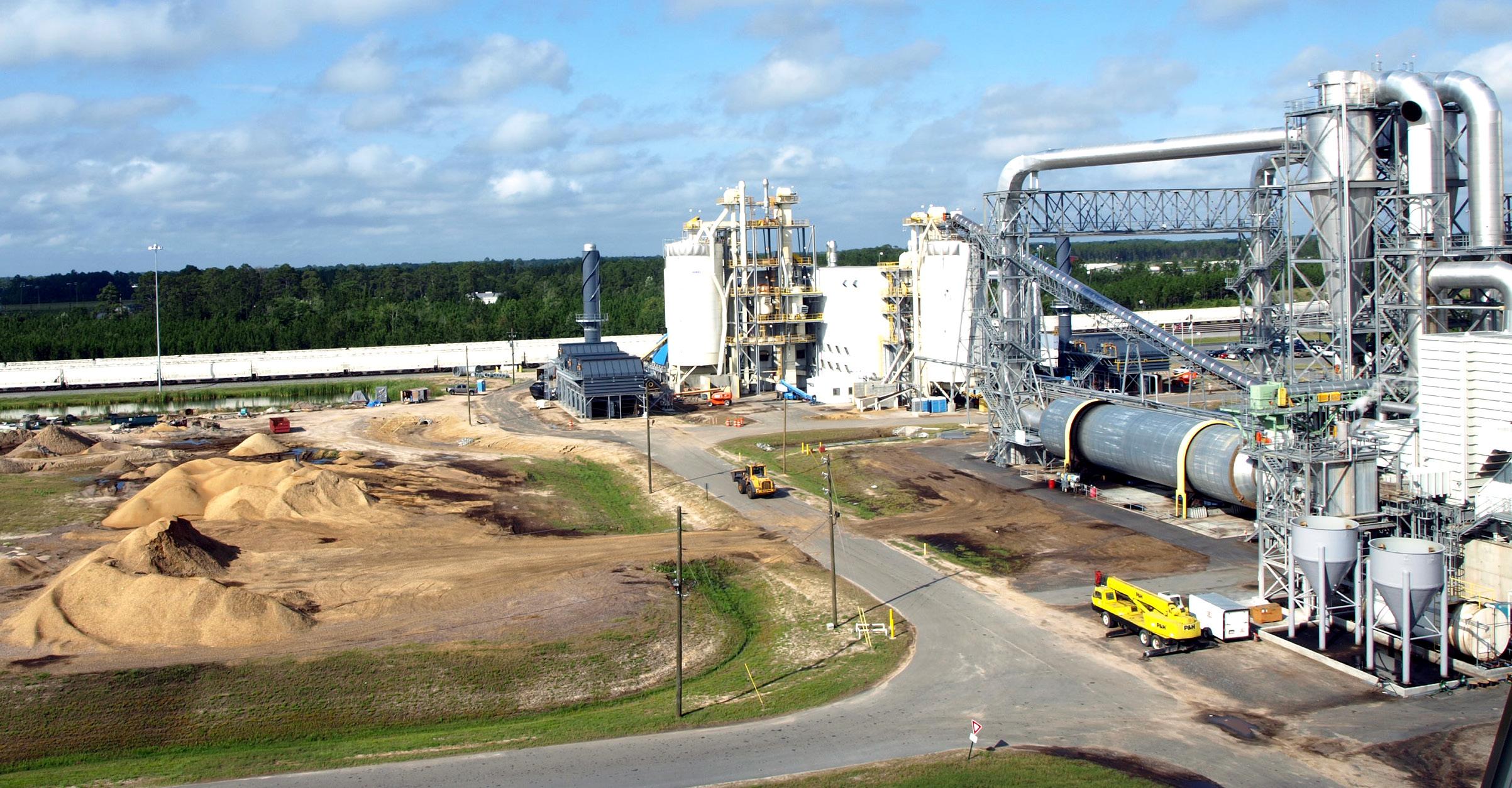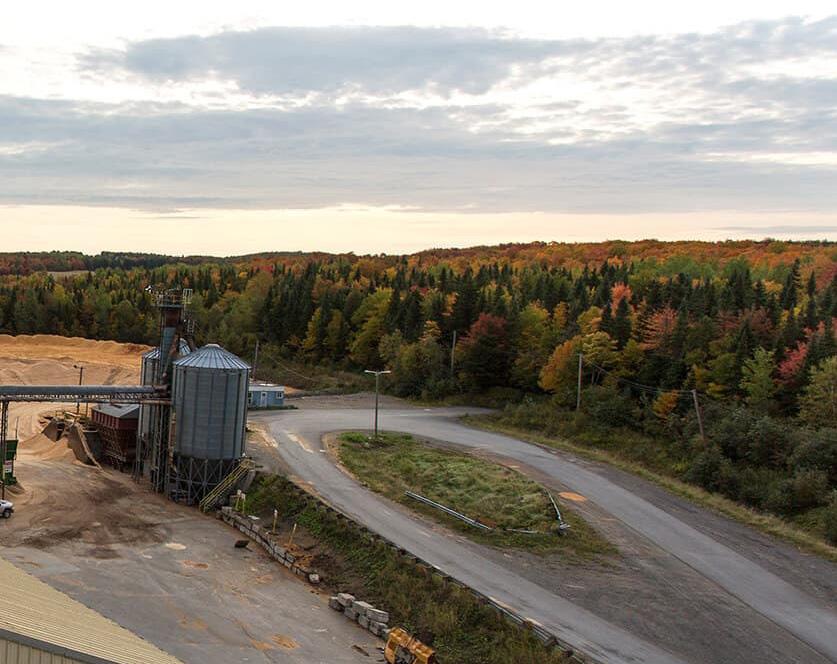
4 minute read
Pellet News Roundup
The U.S. EIA released its January Monthly Densified Biomass Fuel Report on April 3, with data collection including 79 operating manufacturers of densified biomass fuel. These manufacturers had a total production capacity of 13.05 million tons per year and collectively had an equivalent of 2,544 full-time employees.
In January 2023, the monthly respondents purchased 960,000 tons of raw biomass feedstock, compared to 1.55 million tons in January 2022. Production was at 910,000 tons of densified biomass fuel, up approximately 120,00 tons from the same month of last year. Sales were at 650,000 tons of densified biomass fuel, down from 740,000 tons in January 2022. Domestic sales in January 2023 totaled 150,000 tons and averaged $210.94 per ton, compared to 110,000 tons at $195.19 per ton last year. Exports in January 2023 were approximately 500,000 tons averaging $191.31 per ton, down from 630,000 tons but up in price from $168.38 per ton from the same reporting period last year.

The EIA noted that some totals in the report may be relatively smaller for January, as the agency withheld some values to avoid disclosing individual company data.
The European Commission on March 30 reached a provisional agreement on the Renewable Energy Directive III (RED III) that aims to increase targets for renewable energy. It also includes provisions to strengthen bioenergy sustainability criteria. The provisional agreement raises the European Union’s binding renewable target for 2030 to a minimum of 42.5%, up from the current target of 32%. Negotiators also agreed that the EU would aim to reach 45% renewables by 2030. For bioenergy, the agreement strengthens bioenergy sustainability criteria in line with the increased climate and biodiversity ambition of the European Green Deal. In the future, the criteria will apply to smaller installations of 7.5 MW or above, rather than the 20 MW threshold in place as part of the current directive. The agreement includes provisions to ensure that forest biomass is not sourced from certain areas with a particular importance from a biodiversity and carbon stock perspective. In addition, wood biomass will have to be used according to its highest economic and environmental added value. Financial support will be banned for energy produced through the use of saw logs, veneer logs, industrial grade roundwood, and stumps and roots. The U.S. Industrial Pellet Association is welcoming the agreement, calling it “positive for the climate, forests and the continued contributions of sustainable biomass toward supporting both.”
Enviva Inc. issued a statement on March 16 thanking the Mississippi Department of Environmental Quality ’s permit board for the unanimous approval of the construction permit of Enviva’s Bond, Mississippi, facility. According to Enviva, the permit was issued after an extensive review process that included a public comment period, a well-attended public hearing and numerous public comments. The proposed facility will be designed to produce approximately 1.2 million oven dried tons per year of wood pellets and will be equipped with maximum achievable control technologies to curb emissions to the greatest extent possible.
In a subsequent announcement, Enviva said that John Keppler, who temporarily stepped down as chairman and CEO to address a health condition, has returned to the company as executive chairman. Thomas Meth will continue to lead the company as president and CEO, and the company’s interim chairman, Ralph Alexander, will transition to the role of lead independent director of the board.
The U.S. exported 632,043 metric tons (MT) of wood pellets in February, down from 637,518 MT the previous month, but up nearly 3,400 tons from February 2022, according to data released by the USDA Foreign Agricultural Service on April 5. The U.S. exported wood pellets to approximately 12 countries in February. The U.K. was the top destination for U.S. wood pellet exports at 405,390 MT, followed by the Netherlands at 144,394 MT and Japan at 76,895 MT. The value of U.S. wood pellet exports reached $117.99 million in February, up from both $114.66 million in January and $82.71 million in February of last year. Total U.S. wood pellet exports for the first two months of this year reached 1.27 million MT at a value of $232.65 million, compared to 1.28 million MT exported during the same period of last year at $185.36 million.
As part of its goal of investing in rural America, the BidenHarris Administration announced on April 6 that $33.7 million from President Biden’s Bipartisan Infrastructure Law will fund projects to strengthen the wood products economy and promote sustainable forest management. The program is focused on forest restoration byproducts such as small-diameter timber and woody biomass with little market value, and provides $29 million to establish, reopen or improve businesses that purchase and process these byproducts from projects on federally managed lands or tribal lands at risk of wildfire, insects and disease. More than twothirds of the funded businesses will use byproducts from forest restoration and hazardous fuels reduction on landscapes identified in the Forest Service’s Wildfire Crisis Strategy.
The USDA on March 31 announced more than $1 billion in grants available under the Rural Energy for American Program to help agricultural producers and rural small businesses invest in renewable energy systems and make energy efficiency improvements. The funding was allocated by the Inflation Reduction Act, which provides more than $2 billion in funds for the REAP program through 2031. The USDA is offering $1.055 billion through six quarterly competitions that will be held throughout the remainder of 2023 and 2024.
The REAP program was first created by the 2008 Farm Bill to award grants and loan guarantees to agricultural producers and rural small businesses to purchase and install renewable energy systems and make energy efficiency improvements to their operations. Eligible renewable energy systems include renewable biomass, including anaerobic digesters and biogas, wind, solar, small hydro-electric, ocean, geothermal or hydrogen derived from any of those sources. According to the USDA, numerous changes are being implemented to the program with inclusion of funds from the IRA. Changes include increasing the maximum grant size from $250,000 to $500,000 for energy efficiency products, and from $500,000 to $1 million for renewable energy systems. The agency is also raising the federal share to 50% for all energy efficiency projects, all zero-emission renewable energy projects, and all projects in designated energy communities and projects submitted by eligible tribal entities. All other projects are eligible to apply for grants of up to 25% of the total project costs.
The USDA is also taking action to ensure that small projects have a fair opportunity to compete for funding by setting aside at least 20% of the available funds until June 30 of each year for grant requests of $20,000 or less, including the grant portion of a combined grant and loan guarantee request.
The United Kingdom Pellet Council recently released a notice indicating that the government's decision last year to temporarily suspend the need for large U.K. users to only use ENplus A1 standard wood pellets will come to an end on Nov. 22. The suspension was part of a complete ban of all wood products (including pellets) coming from Russia since April 2022, which removed up to 3.5 million metric tons of pellets from the European supply chain.










